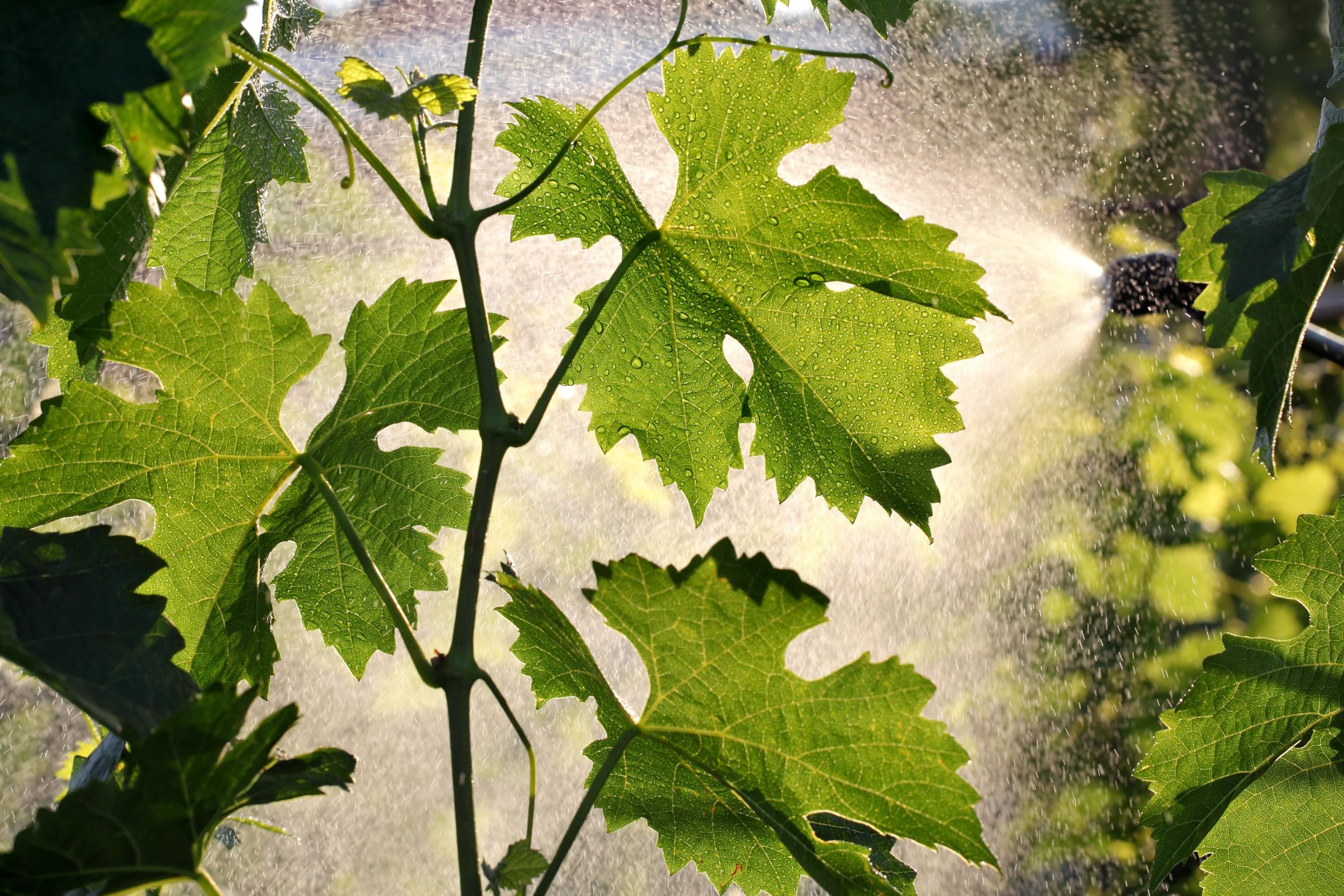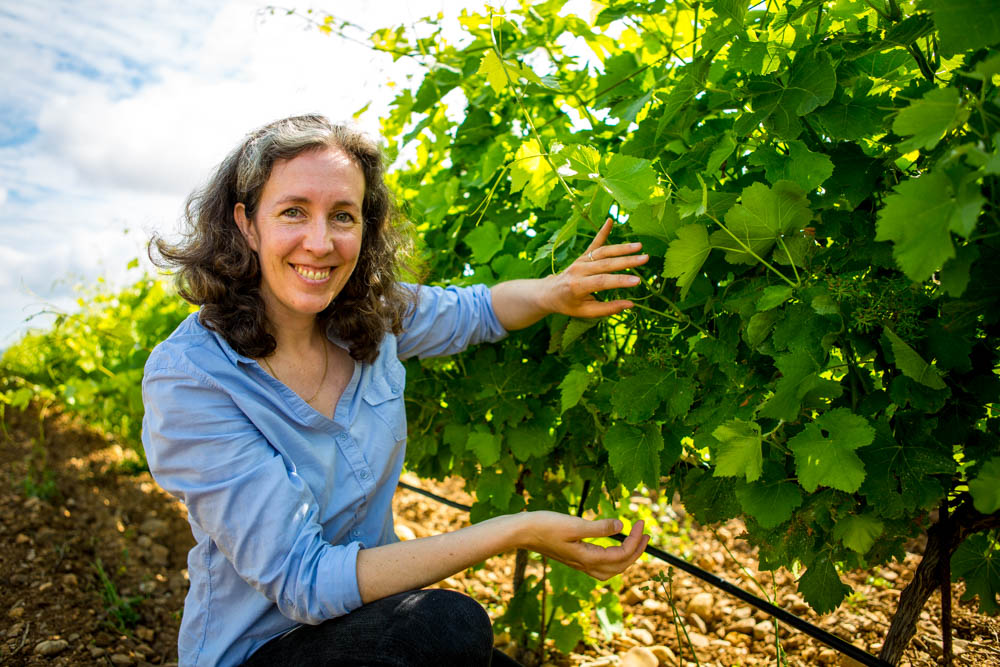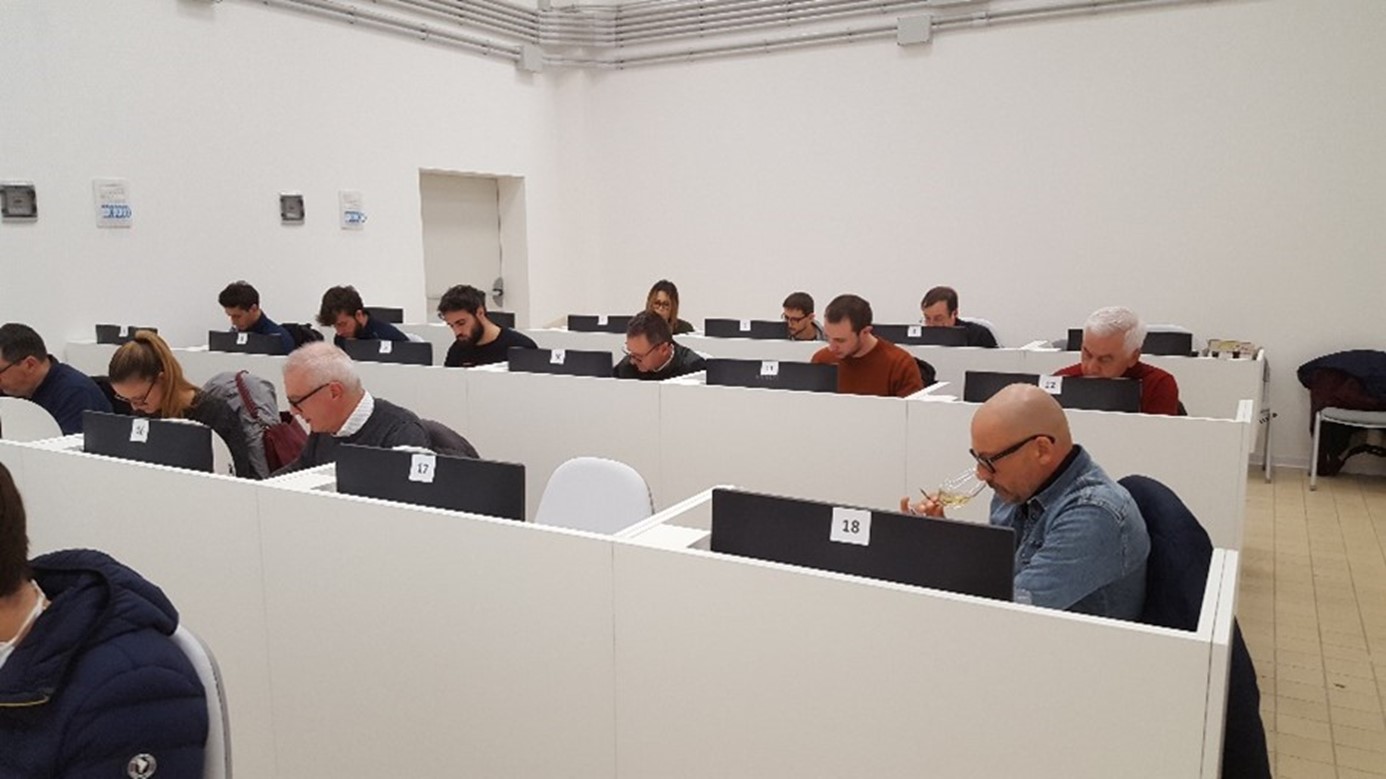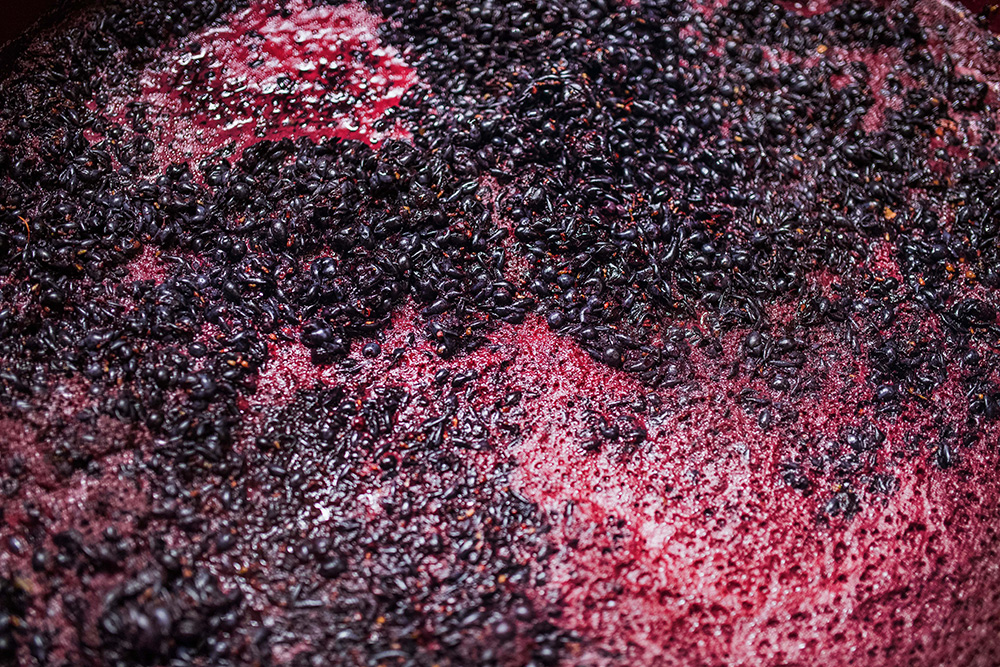-

Disease pressure is rising, and the vineyard of tomorrow will need more than chemistry alone. Precision viticulture is showing the […]
-

A biological clock to time vineyard management operations Phenology is the study of recurring events in the life cycle of […]
-

The Masseria Altemura estate Nestled in the heart of Puglia, in the south of Italy, Masseria Altemura lies halfway between […]
-

As climate change intensifies and water restrictions tighten, irrigation has become a crucial issue for winegrowers. The Roussillon region is […]
-

Vineyard irrigation is a necessary part of vineyard management in dry wine growing regions where winegrowers completely or partly rely […]
-

Wine quality depends on the effective management of alcoholic fermentation, which is a key process carried out by the yeast […]
-

Nitrogen as fertilizer in the vineyard Nitrogen (N) plays a major role in all grapevine physiological processes. It is considered as […]

